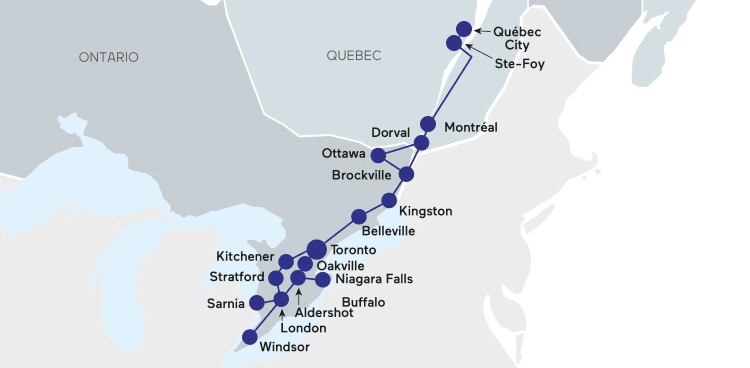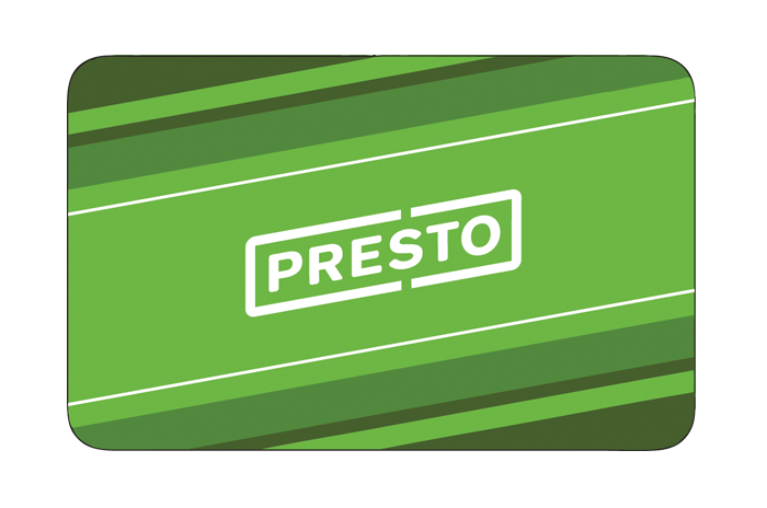I spent last Thanksgiving in and around Toronto, and one of the most interesting parts of the trip (for lack of a better word) was the seamless integration I felt while using my PRESTO card to board the subway, the bus, and the GO Train.
No wasting time finding a place to buy bus tickets. No different tickets depending on the mode of transport. Just tap and go. Easy!
At first, I was amazed that a government agency had created something so efficient. Data sharing across transit systems, even between different metropolitan regions? Astounding.
Of course, it makes sense when you consider the GTA, a patchwork of municipalities, and regions, multiple transit agencies, and the over-arching GO system passing through it all. A smartcard that lets you board a variety of different public transit options is the obvious solution.
I know it’s a very recent addition to the city, and the roll-out has taken years. But as far as I can tell, it’s working!
Here in Ontario, such a system is obviously new. In The Netherlands, such a system finished rolling out in 2014. The OV-Chip Card is an RFID card that allows users to ride busses, trams, metros and even intercity rail. For people living there, this would allow for an incredibly convenient commute. Being such a small country, crossing it by rail can be done in just a few hours. A user could hop on the train in Eindhoven, get off in Amsterdam, and hop on the bus, all with the same fare card!
With my PRESTO card working in Ottawa and Toronto, I am picturing the next step. Via Rail’s busiest corridor, the “Quebec-City – Windsor Corridor”, is the perfect place for such a system to be put in place.
With a population of 18 million (more than half of Canada’s population), and three of Canada’s six largest cities covered, this region could benefit greatly from a more connected transit network.
PRESTO has already cost Ontario’s provincial transit agency, Metrolinx, $700 million to develop and implement, according to the Auditor General. Part of that investment, the part that included designing and building the system, as well as the data storage, could be recovered.

VIA Rail's Quebec-City - Windsor Corridor
Expansion of the system across the region between Quebec City and Windsor would promote increasing connections between governments, and between communities. Widespread adoption by other transit agencies would also give Metrolinx the chance to start recouping that cost.
Bringing the provincial governments of Quebec and Ontario on board, together, would further promote connections between the provinces. Things like rail links between Gatineau and Ottawa would come much closer to fruition.
Regional interconnectedness could also lead to a more powerful tourism industry, bringing in more visitors from other Canadian provinces and around the world. This would in turn lead to more money and jobs flowing in to the region, which is always a plus.
The final key to interconnectedness is intercity travel. While it would probably not include air travel, with the government and VIA considering high frequency and high-speed rail corridors, our intercity train service would be the perfect place to start.
With frequent service between all major cities in the corridor, VIA would be the ideal glue to connect the region. Just like the Netherlands, it would be easy to board a train in your home city, travel to another one, and hop on the bus!
If you like this idea, share it with your City Council, your MPP or your MP. Or all three! Maybe they'll agree.
